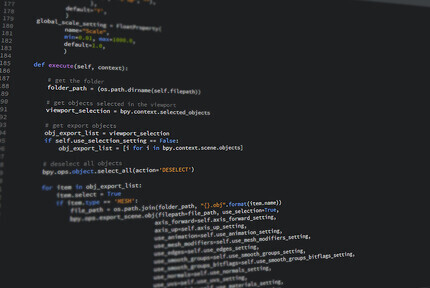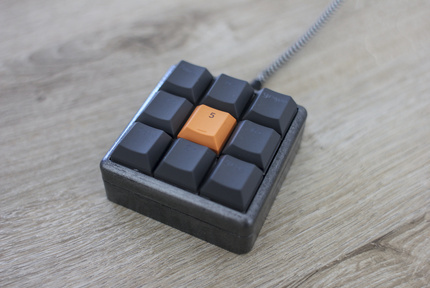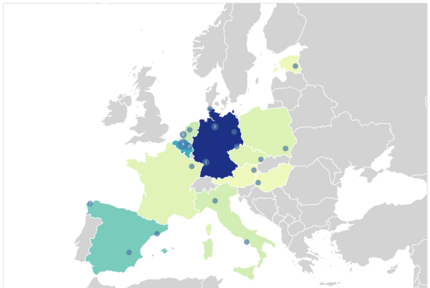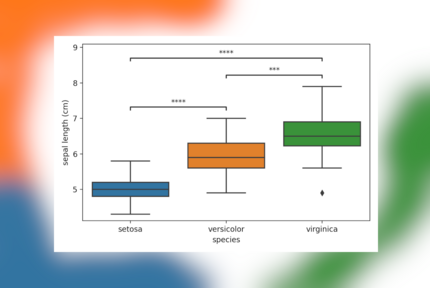-
Pagefind: Search in a static website

Adding a good search to a website is hard in any case, but with static website good options are few and far between. Pagefind is a game-changer and makes this very simple! It already has been added to this site, so for a quick demo click the search icon in...
-
Getting a script's path in R

Recently I found myself using R scripts from others and having to deploy my own R code on other machines. The majority of these had a hard coded path to either the script or the input data somewhere in the code. This becomes an issue when code needs to run...
-
PyScript: Python in the browser!

At PyCon 2022, PyScript was announced as a way to run Python in the browser and it has made waves in the community since. While there are some really cool demos included in the project, the project is still in early stages of development and the documentation is lagging a...
-
Better code for the MacroPad

A while ago I’ve made a MacroPad and I recently improved the code! In this post I’ll briefly show some advanced code to create a MacroPad class which allows custom functions to be added to key presses using a decorator. The original code as well as instructions how to build...
-
The KeyForge hiatus: impact on deck registrations

Is has been a few months since FFG announced KeyForge would be paused, or in their words going on hiatus. Though as decks are still being registered we can get a glimpse of the effect of this announcement on the game. In a previous post, a model was made that...
-
Where are my Magic: the Gathering cards ?

Since a few months I’ve been selling some Magic: the Gathering cards on CardMarket. Last week I realized I could extract the address from buyers from eml files (exported emails) with orders. From those the (approximate*) location using Google’s Geocoding API can be found and plotted using Altair. This gives...
-
Plotting post hoc tests with Python

When three or more groups of samples are compared (e.g. Using ANOVA/Tukey HSD or Kruskal-Wallis/Dunn), you’ll often see results shown as a boxplot, with lines highlighting which groups are significantly different. In Python there is no single package to do this quickly, though by combining scikit-posthocs with statannotations similar plots...
Have any comments or suggestions, feel free to reach out !
Do you like this blog and wish to contribute? You could Buy me a Coffee !

